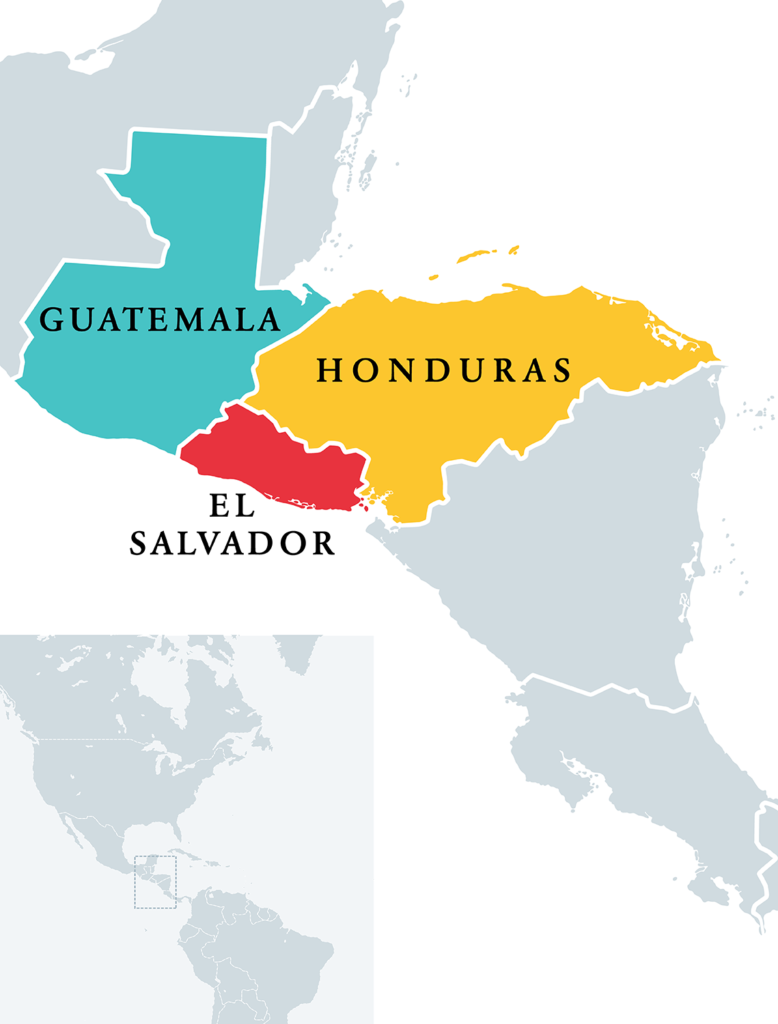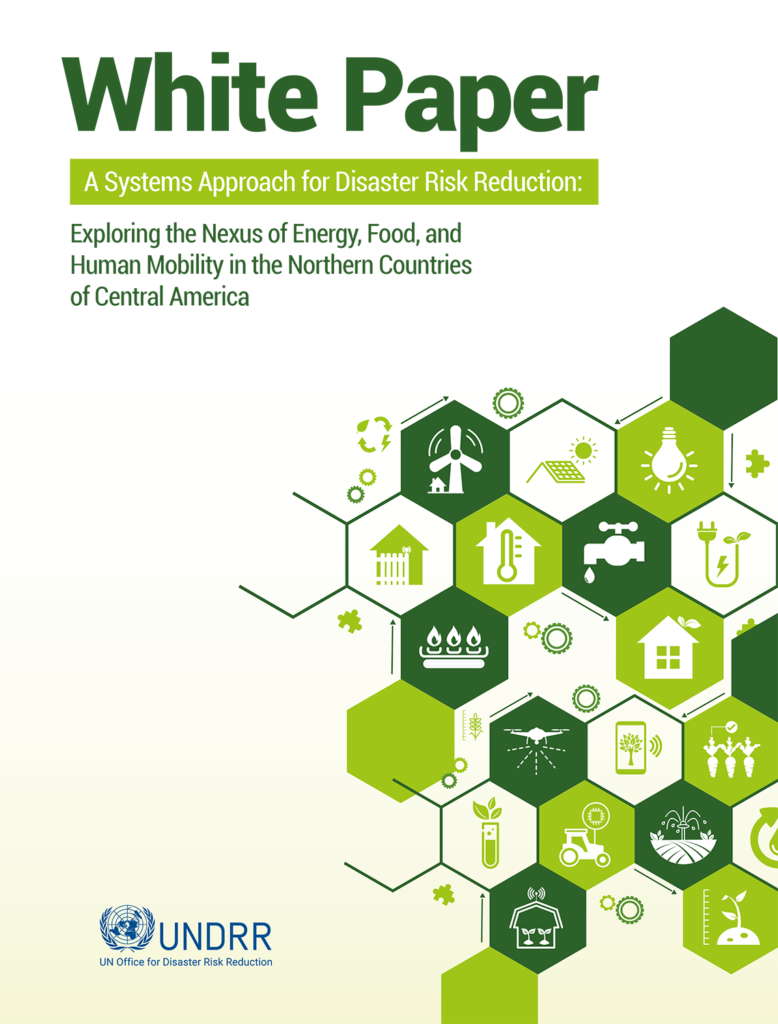
North Central American Countries – El Salvador, Guatemala, and Honduras – are grappling with a perfect storm of interconnected crises, hazards, and vulnerabilities. Climate change, poverty, inequality, and weak governance have converged to create a region acutely vulnerable to disasters. The countries frequently endure hurricanes, floods, and droughts, which have severe impacts on their populations, economies, and infrastructure.
At the heart of these challenges lies a complex interplay between energy, food security, and human mobility. A region heavily reliant on agriculture, with often precarious access to energy, is particularly susceptible to shocks. When disasters strike, these vulnerabilities are amplified, leading to widespread food insecurity, economic losses, and displacement.
Esteemed Texas A&M Energy Institute scientists, Dr. Bassel Daher, Research Scientist, and Dr. Konstantinos Pappas, Assistant Director, both members of the UN Disaster Risk Reduction Office (UNDRR) for the Americas and the Caribbean’s Regional Science and Technology Advisory Group have been at the forefront of an initiative to address these intertwined challenges of energy, food security, and human mobility in the Northern Triangle countries of Central America.
Their collaborative research, culminating in the white paper “A Systems Approach for Disaster Risk Reduction: Exploring the Nexus of Energy, Food, and Human Mobility in the Northern Countries of Central America,” offers a comprehensive analysis of the region’s vulnerabilities and proposes a holistic framework toward building resilience.

The white paper delves deep into the complex interplay between social, economic, and political factors, highlighting how these underlying conditions amplify the impact of hazards and risk drivers, potentially resulting in disasters. It underscores the critical role of energy and food systems in driving migration patterns, especially in the face of climate change and extreme weather events. By adopting a systems approach, Daher and Pappas have shed light on the interconnectedness of these challenges and identified key areas for intervention. Their work can play an instrumental role in informing policymakers and practitioners about the urgent need for integrated solutions that address the root causes of vulnerability.
The research team’s collaboration with Alan Lavell, a fellow member of the UNDRR advisory group, has been essential in shaping the study’s focus and ensuring its relevance to the region’s specific needs. Together, they have developed a framework that can serve as a blueprint for building resilient communities and fostering sustainable development in Central America.
To inform the development of their research, Daher and Pappas led a multi-stakeholder consultation process. This process brought together over forty representatives from UN agencies, local and regional stakeholders, and government officials to discuss the proposed systems framework. The dialogue revealed a shared understanding of the region’s multifaceted challenges, including the overexploitation of land, the dominance of monocultures, and the devastating impact of these practices on vulnerable populations.
Participants emphasized the urgent need for a regulatory framework to protect both people and the environment, as well as the importance of strengthening institutional capacity and governance. They highlighted the disproportionate impact of large-scale agriculture on local communities, leading to resource depletion, migration, and increased vulnerability to disasters.
Disaster risks, vulnerabilities, and underlying conditions affecting interconnected food, energy, and human mobility in the Northern countries of Central America
To address these complex challenges, the consultation underscored the importance of reducing inequalities, investing in education, and strengthening community resilience. Participants shared examples of successful initiatives, such as those focused on incorporating displaced populations into community planning and promoting regenerative agriculture.
This collaborative process was instrumental in refining the research framework and identifying key areas for intervention. By bringing together diverse perspectives, the researchers were able to develop a more nuanced understanding of the region’s challenges and opportunities.
The white paper’s findings have already generated significant interest among policymakers, humanitarian organizations, and development agencies. It is anticipated that this research will contribute to the development of effective disaster risk reduction strategies and inform future investments in the region’s energy, food, and social sectors.
Daher’s and Pappas’ work exemplifies the power of interdisciplinary collaboration and the importance of a systems approach in addressing complex global challenges. Their commitment to understanding and addressing the root causes of vulnerability is inspiring, and their research offers hope for a more resilient and equitable future for the people of Central America.
